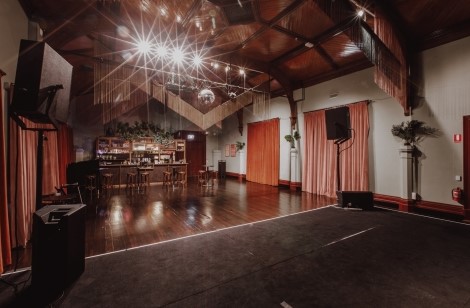In the tapestry of our lives, there exists a place where bonds are forged, ideas are born, and a sense of belonging thrives—the common room. Whether it’s a corner of a college dormitory, a cozy nook in a coworking space, or a vibrant lounge in a communal living setting, the common room has a universal allure. In this article, we delve into the essence of the common room, exploring its multifaceted roles as a social nexus, a creative sanctuary, and a symbol of unity within various contexts.

The Social Nexus:
At its core, the common room serves as a social nexus—a space where individuals from diverse backgrounds converge to connect, converse, and cultivate relationships. In college dorms, it becomes the heart of campus life, where students unwind after classes, engage in spirited debates, and form lifelong friendships. In residential communities, it’s a place where neighbors become friends, and bonds are forged over shared experiences.
The Creative Sanctuary:
The common room is not merely a space for social interaction; it’s also a sanctuary for creativity to flourish. In coworking spaces, it becomes the birthplace of innovation, where entrepreneurs, freelancers, and artists gather to exchange ideas and collaborate on projects. Its comfortable ambiance and collaborative spirit nurture the seeds of creativity, transforming concepts into reality.
Unity in Diversity:
One of the most remarkable aspects of the common room is its ability to foster unity in diversity. It’s a microcosm of society, where people from different walks of life coexist harmoniously. In this shared space, individuals learn to appreciate the richness of perspectives and cultures, contributing to a more inclusive and empathetic world.
The Evolution of Common Rooms:
Throughout history, common rooms have evolved alongside society’s changing dynamics. In the past, they were often associated with educational institutions and residential communities. Today, they can be found in coworking spaces, tech companies, and even virtual realms as online forums and social media groups. The essence remains the same: a space where people come together.
Common Rooms in Academic Settings:
In colleges and universities, the common room is an integral part of the student experience. It’s a place where academic discussions spill over into casual conversations, enriching students’ understanding of the world. Whether it’s a late-night study session or a spirited game of pool, the common room is where lifelong memories are created.
Common Rooms in Residential Communities:
In residential communities, common rooms serve as a bridge between private living spaces and the outside world. They host gatherings, celebrations, and cultural events that strengthen the sense of community. These spaces foster a feeling of belonging, where residents find solace in shared moments.
Common Rooms in Coworking Spaces:
Coworking spaces have redefined the concept of the common room. These modern workplaces prioritize collaboration, innovation, and a sense of belonging among remote workers and freelancers. The common room becomes a dynamic ecosystem where professionals from diverse industries converge to exchange ideas and skills.
Virtual Common Rooms:
In the digital age, the concept of the common room has expanded into virtual realms. Online communities and social media platforms serve as virtual common rooms, where individuals connect with like-minded people worldwide. These digital spaces facilitate discussions, knowledge sharing, and support networks.
The Common Room’s Impact:
The impact of the common room transcends its physical or virtual boundaries. It plays a crucial role in nurturing personal growth, expanding horizons, and fostering a sense of community. It’s a place where introverts find their voices, where ideas evolve; a place that welcomes diversity.
The Digital Age’s Common Rooms:
As our lives become increasingly intertwined with technology, common rooms have taken on a digital dimension. Online communities, forums, and social media groups serve as the virtual common rooms of the 21st century. Here, individuals from across the globe gather to discuss shared interests, exchange knowledge, and build connections. These digital spaces transcend physical boundaries, allowing people with niche passions to find like-minded companionship, from enthusiasts of vintage cameras to fans of obscure indie bands. In this digital landscape, the common room evolves into a borderless, inclusive haven for human connection.
The Common Room’s Resilience:
Throughout the ages, common rooms have weathered social, technological, and cultural shifts. They have endured pandemics, wars, and revolutions, remaining steadfast as centers of community and camaraderie. In times of crisis, they have provided solace and support, proving that the common room’s essence extends beyond physical walls. Today, as the world grapples with unprecedented challenges, common rooms continue to adapt. They inspire new forms of connection, such as virtual happy hours, online study groups, and livestreamed performances. The common room’s resilience serves as a reminder that, no matter the circumstances, the human spirit thrives on unity, creativity, and the timeless desire to come together.
Conclusion:
The common room is more than just a physical or virtual space—it’s a testament to the power of human connection. Whether in educational institutions, residential communities, coworking spaces, or online platforms, it remains a symbol of unity, creativity, and community. As we navigate an ever-changing world, the common room continues to be a place where we come together to learn, grow, and thrive as a collective.

